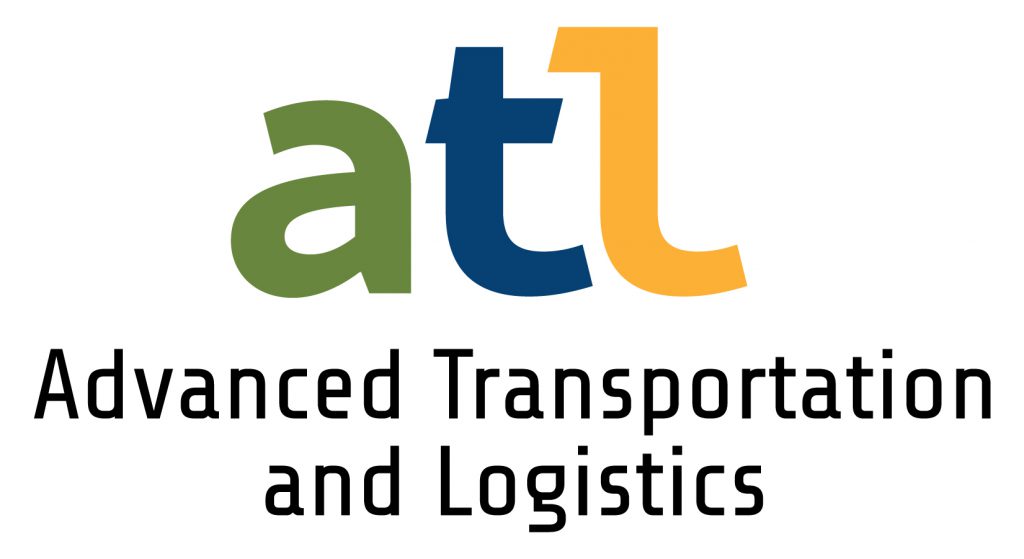 A report published last fall by the Mineta Transportation Institute at San Jose State University examines where the supply chain and logistics sectors fit within the “fourth industrial revolution” and how important digital skills will be in the sectors moving forward.
A report published last fall by the Mineta Transportation Institute at San Jose State University examines where the supply chain and logistics sectors fit within the “fourth industrial revolution” and how important digital skills will be in the sectors moving forward.
Conducted during the COVID-19 pandemic, the report also highlights how the past year has shown the importance of supply chain and logistics workers to meeting critical needs from food to personal protective equipment to COVID-19 vaccines. The increased awareness presents an opportunity for colleges and universities to ramp up workforce development and ask for funding to do so.
The pandemic exacerbated a skilled worker shortage that was in effect before stay-at-home orders and other changes upended the industry, and many opportunities exist to train middle-skill workers who require some training beyond high school but less than a bachelor’s degree.
“This increased reliance on technological connectivity throughout the logistics workforce requires new models of training that focus on data, connectivity, and collaboration,” the report states. “Organizations are struggling to find the talent needed to address operational efficiencies, system performance, safety, and security. As a result, employees who can conduct analysis, validate data sets, use digital tools, and forecast will be in high demand. “
To address these needs, the report recommends “competency-based, short-term programming using industry-driven curricula” that can easily be adapted as industry needs change. Specifically, the skills community colleges should focus on include:
Industry-Identified Top Critical Employability Skills
The top five industry-identified critical employability skills (sometimes referred to as soft or essential skills) include critical thinking and data-driven problem solving; customer service; communication and interpersonal; adaptability and resilience; and collaboration and teamwork. These skills align with responses received from education and training providers.
Technical and Digital Skills
Industry representatives identified basic digital skills such as email, the Microsoft Office suite, and sharing platforms like Google Docs and Zoom as critical for middle-skill workers right now.
They expect the following skills to become more critical in the next three years: machine learning, data science and analytics, project management and applications, systems management and integration, demand planning, forecasting, mechanical computer-based diagnostics, transportation and safety, maintenance and operations of material handling equipment, and compliance reporting.
Critical Operations and Maintenance Skills
The most critical middle-skill operations and maintenance competencies include skills in compliance reporting, zero-emissions technology, fueling infrastructure, cybersecurity, use of sensors, and in fleet electrification.
Credentials and Certifications
Employer-valued credentials and certifications provide information to new hires or incumbents wishing to upskill. Top certifications identified by industry representatives include:
- Certified Professional in Supply Management (CPSM)
- Certified Global Business Professional (CGBP)
- Chartered Life Underwriter (CLU)
- Certified Financial Planner (CFP)
- Retirement Income Certified Professional (RICP)
- Chartered Financial Consultant (ChFC)
- Global Logistics Specialist & Global Logistics Professional Program
To read the full report, “Southern California Regional Workforce Development Needs Assessment for the Transportation and Supply Chain Industry Sectors,” visit https://transweb.sjsu.edu/research/1921-Workforce-Development-Needs-Assessment-Transportation-Supply-Chain
A story map of the report is also available at: https://storymaps.arcgis.com/stories/7ccef1caeb0e4a75b28bad6bdde07975
Achieving Workforce Goals Through K-12 Education
Given the growing skills gap in the transportation and logistics sectors, K-12 education will become even more important in preparing students for lifelong learning in the changing job market. ATL Statewide Director Jannet Malig is working with the Center for International Trade and Transportation at CSU Long Beach on a project that will create a blueprint for teaching middle school teachers how to incorporate geographic information system (GIS) applications in the classroom.
This blueprint includes a teacher training guide, sample lesson plans, and GIS maps to use as resources. The blueprint itself is a valuable resource for any middle school teacher, and the associated resources can be implemented in as little as one week. According to CSU researchers, GIS applications can help students map the supply chain in their community and learn how to advocate for safer and better-managed streets in their neighborhoods.


